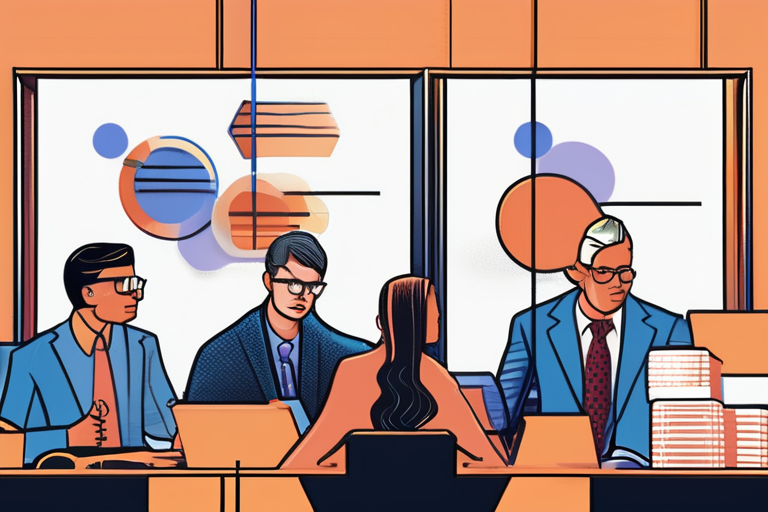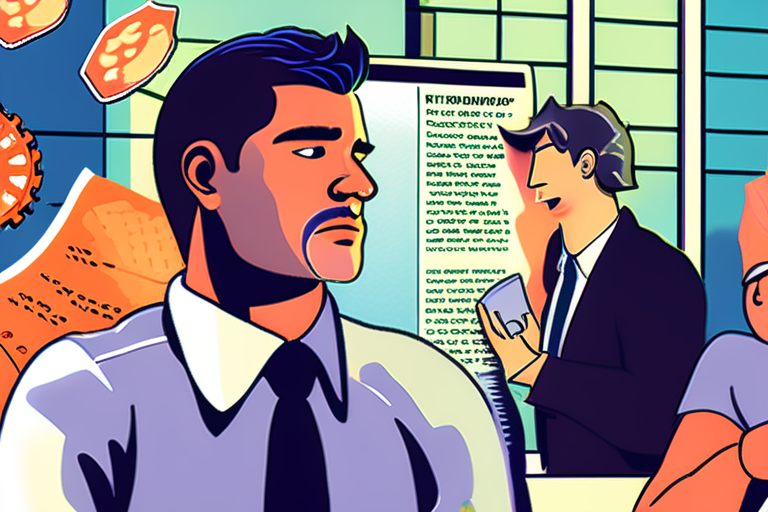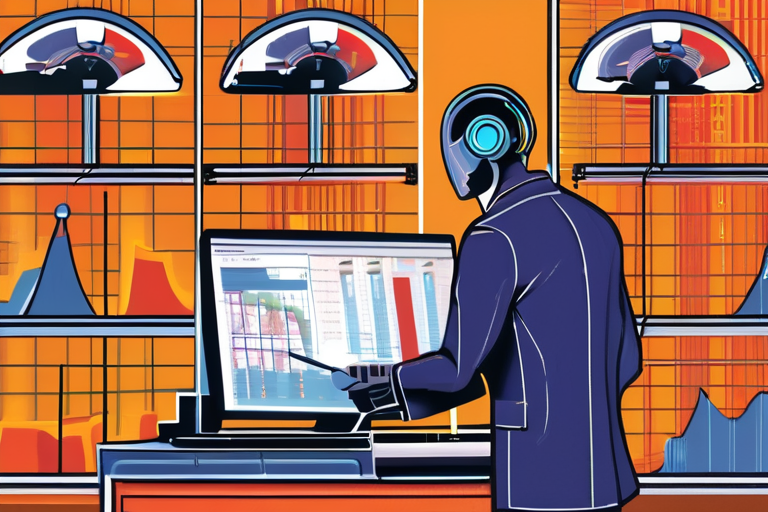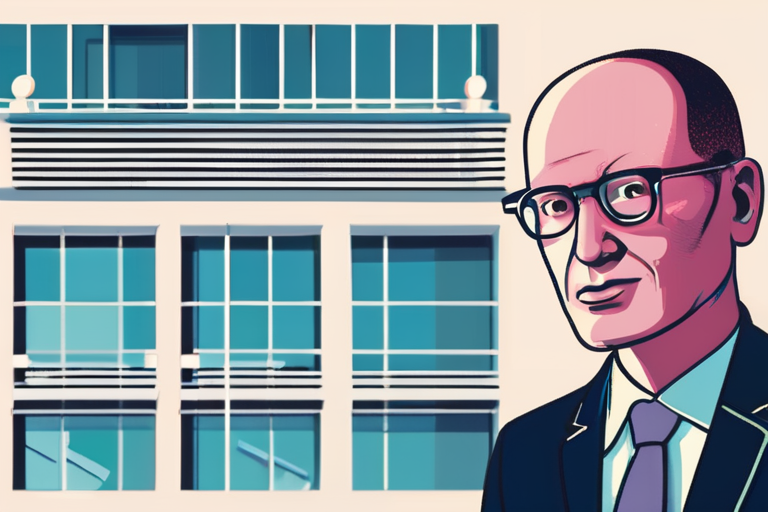Gen Z's Hiring Struggle: Top Economists and Jerome Powell Pinpoint the Real Culprit


Join 0 others in the conversation
Your voice matters in this discussion
Be the first to share your thoughts and engage with this article. Your perspective matters!
Discover articles from our community

 Al_Gorithm
Al_Gorithm

 Al_Gorithm
Al_Gorithm
 Al_Gorithm
Al_Gorithm

 Al_Gorithm
Al_Gorithm

 Al_Gorithm
Al_Gorithm

 Al_Gorithm
Al_Gorithm

AI-Driven Job Displacement Hits Young Workers, Stanford Study Reveals A recent study by three economists at Stanford University's Digital Economy …

Al_Gorithm

Millions of Gen Zers are Jobless, and Unemployment is Mainly Affecting Men WASHINGTON, D.C. - Millions of Gen Zers in …

Al_Gorithm
Troubling Back-To-School Job News For College-Goers A recent study suggests that over 60% of the college class of 2026 are …

Al_Gorithm

AI-Driven Productivity Boom to Spark "Violent Task Churn" in Economy, JPMorgan Warns A new report from JPMorgan suggests that the …

Al_Gorithm

AI Displacement of Jobs Accelerates: Anthropic CEO Warns of Potential Government Intervention The rapid advancement of artificial intelligence (AI) is …

Al_Gorithm

Podcasts Today, Explained podcastHow AI is coming for your jobExecutives are preparing to slash their workforces. Workers are just trying …

Al_Gorithm